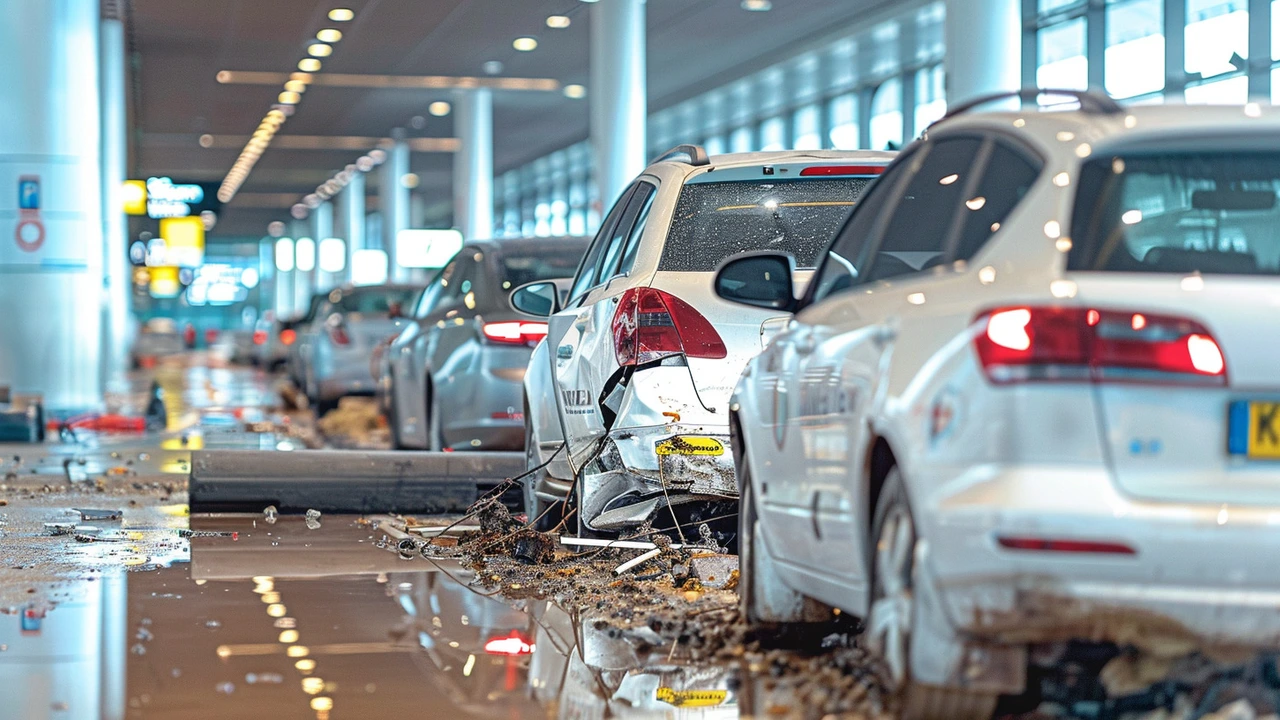Roof Collapse: Causes, Warning Signs and What To Do Now
A roof can fail slowly or fall suddenly. Often the difference between a close call and a disaster is knowing the warning signs and acting fast. This page gives clear, practical steps you can use right away — whether you’re a homeowner, tenant, building manager or neighbour.
Common causes and early warning signs
Roof collapse usually follows one or more preventable problems. Water leaks that rot beams, blocked gutters that trap weight, heavy storms, poor original construction, and extra loads like stored materials are frequent culprits. Pests (termites, carpenter ants) and rusted metalwork also weaken structure over time.
Watch for these signs at home: sagging rooflines, cracks in interior walls or ceilings, bulging plaster, persistent damp smells, new or growing stains after rain, doors or windows that stick where they didn’t before, and unusual creaking noises when it’s windy. If you notice any of these, treat them seriously — don’t wait for them to get worse.
What to do during an emergency
If you think a roof may collapse now, get everyone out calmly and quickly. Move to a safe open area away from the building — falling debris can travel farther than you expect. Do not try to rescue items or re-enter the building until professionals say it’s safe.
Turn off gas and electricity if you can do so safely; damaged systems cause fires and explosions. Call emergency services for immediate danger, and contact your landlord or building owner if you rent. If there’s no immediate threat but the roof is clearly unsafe, rope off the area and keep people away.
Document damage with photos or video from a safe distance. This helps with insurance and when authorities or structural engineers inspect the site.
Steps after a collapse or serious damage
Call a licensed structural engineer or building inspector to assess safety before any repair work starts. Contact your insurance company early to report the damage and follow their guidance on claims. If you rent, keep records of all communications with the landlord about repairs and safety notices.
Arrange temporary accommodation if your home is unsafe. Avoid quick, temporary fixes done by unqualified people — they can hide bigger problems and put you at risk later. Always ask for proof of licensing and insurance from contractors.
Simple prevention that works
Small, regular actions make a big difference. Clean gutters, fix leaks fast, remove heavy stored items from roofs and attics, keep attic ventilation clear, and schedule professional roof inspections every few years or after major storms. Replace old timber or corroded supports before they fail. If you see someone cutting corners during construction, speak up — poor work now means big risks later.
If you’re unsure what to do next, call a local building inspector or a qualified roofer for an assessment. Acting early keeps people safe and saves money down the road.
Want local resources? Check your municipality’s building department for inspection guides and approved contractor lists, and keep emergency numbers handy. Your safety matters — don’t wait to check the roof.
Delhi Airport Terminal 1 Roof Collapse: Govt Steps In to Avoid Ticket Price Surge Amid Massive Flight Cancellations
The Ministry of Civil Aviation has instructed airlines to halt any potential price hikes following a roof collapse at Delhi Airport Terminal 1. The tragic event led to one death, six injuries, and over 80 flight cancellations by Indigo alone. Heavy rains precipitated the collapse, significantly impacting domestic travel plans.
